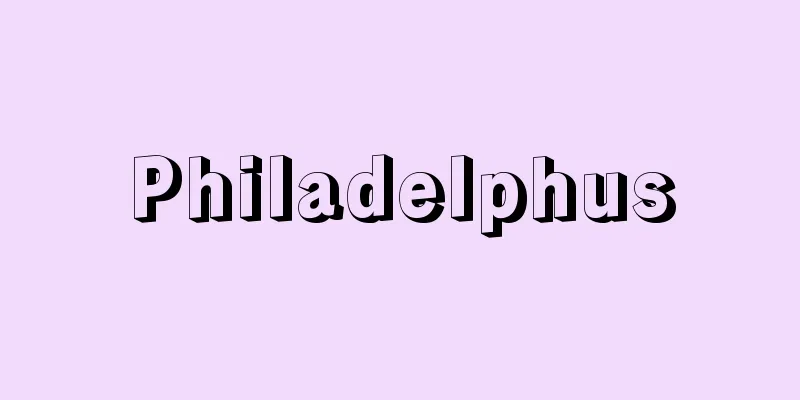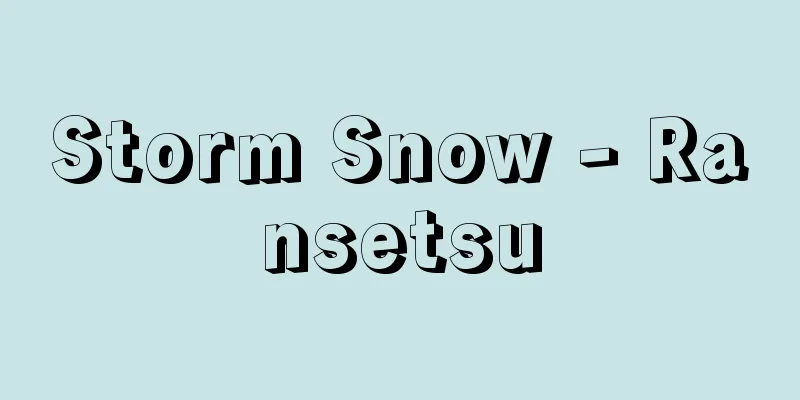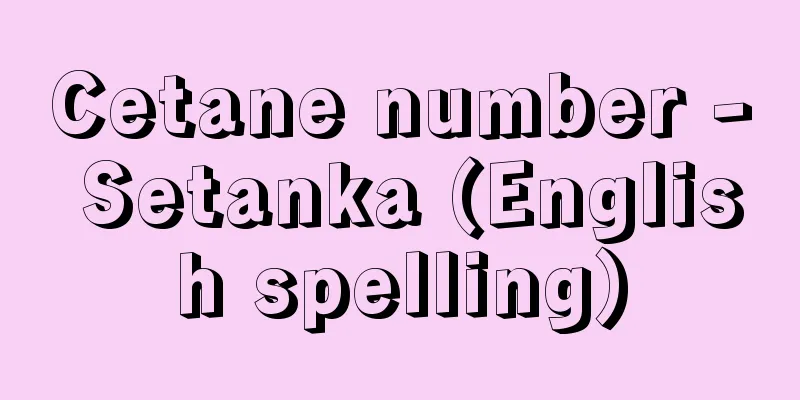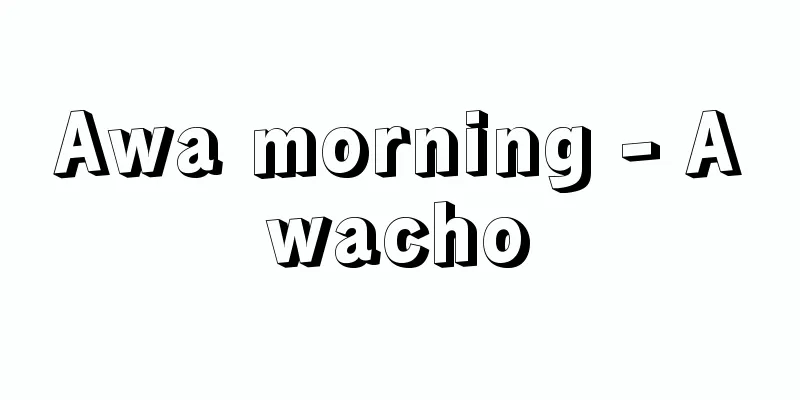Tomorrow's Garden City
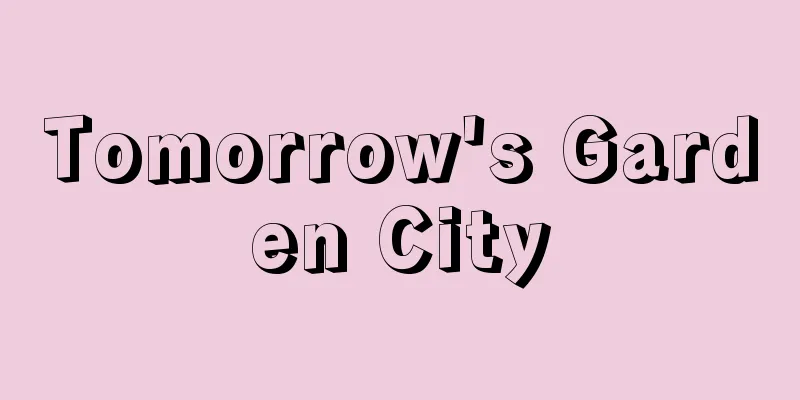
|
…In his 1898 book Tomorrow: A Peaceful Course to Social Reform (retitled Garden City of Tomorrow in 1903), the British social reformer E. Howard attracted much attention by proposing the idea of a garden city that combined the charms of both the city and the countryside to create a balanced society in order to improve the miserable working and living conditions of urban workers after the Industrial Revolution. Howard's garden city proposal has three main features: From [Urban Planning]...The Krupp Colonies (1865- ) developed by the Essen Steel Works, Bournville (1895) by George Cadbury (1839-1922), and Port Sunlight (1887) by William Hesketh Lever (1851-1925) are some of the more famous. E. Howard published The Garden City of Tomorrow in 1898, in which he advocated the ideal of a garden city. This proposal had many features, including the combination of urban and rural areas, public ownership of land, limits on population size, the return of development benefits to society, self-sufficiency, and freedom and cooperation of residents. ... From Howard…While in the United States, he was probably influenced by the garden city of Riverside, planned by FL Olmsted, and after returning to the United States in 1876, he became a shorthand writer and garden city advocate. He was further inspired by the utopian ideas of E. Bellamy and others, and envisioned an ideal city that combined the advantages of both the city and the countryside, which he published under the title Tomorrow: A Peaceful Path to True Reform (1898) (in 1902, he renamed it Tomorrow's Garden City and republished it. The Japanese translation of the same title was published in 1968). … *Some of the terminology used in "Garden City of Tomorrow" is listed below. Source | Heibonsha World Encyclopedia 2nd Edition | Information |
|
…イギリスの社会改良家E.ハワードは1898年に発表した《明日――社会改革への平和的進路》(1903年《明日の田園都市》と改題)のなかで,産業革命以降の都市労働者の悲惨な労働・居住環境を改善するため,都市および農村の魅力を併せもち,均衡のとれた社会の形成を目指す田園都市構想を提案して非常な注目を浴びた。ハワードの田園都市提案は次の三大特色をもっている。… 【都市計画】より…エッセンの製鉄工場が開発したいくつかのクルップ・コロニー(1865‐ ),キャドバリーGeorge Cadbury(1839‐1922)のボーンビルBournville(1895),リーバWilliam Hesketh Lever(1851‐1925)のポート・サンライトPort Sunlight(1887)などは有名である。E.ハワードは1898年《明日の田園都市》を出版して田園都市garden cityの理想を説いた。この提案は,都市と農村の結合,土地の公有,人口規模の制限,開発利益の社会還元,自給自足,住民の自由と協力など,多くの特色をもつものであった。… 【ハワード】より…滞米中に,F.L.オルムステッドが計画した田園都市リバーサイドから影響を受けたものと思われ,1876年帰国後,速記者兼田園都市啓発家となった。さらにE.ベラミーらのユートピア思想から啓発を受けて都市と田園の各利点を統合した理想都市を構想し,それを《明日――真の改革に至る平和な道》(1898)と題して発表(1902年に《明日の田園都市》と改題,再刊。同表題の邦訳,1968)。… ※「《明日の田園都市》」について言及している用語解説の一部を掲載しています。 出典|株式会社平凡社世界大百科事典 第2版について | 情報 |
Recommend
Door-type
This is a tax law issued by the Jin Dynasty in 28...
Beeldsnijder, F. (English spelling)
... However, expectations for microscopes were hi...
Different times and the same picture
...They were entertainers living at the bottom of...
Trouton's Law - Trouton's Law
This law governs the boiling point of liquids, st...
Tatsuro Uji
1919-1980 A doctor in the late Showa period. Born...
Kawagoe
In the Edo period, this system referred to a meth...
Electrophotography
...Xerography, electrophotography, or electrostat...
Tapeworm - Tapeworm
A gigantic, nemertetan worm of the family Baseodis...
UTS
…Helicopters are relatively inexpensive to develo...
Commander-in-Chief of the Indian Army
…The Governor-General was the highest official in...
Ovarian tumor - Ovarian tumor
This refers to tumors that develop in the ovaries...
Rammed Earth - Hanchiku
A method of compacting earth to build a building&#...
Hanging ornament (hair ornament) - Kakemono
…In the early modern period, when women began to ...
Shigella flexneri (English spelling) Shigellaflexneri
… [Shoji Tachikawa]. … *Some of the terminology t...
Guthrie, Sir William Tyrone
Born: July 2, 1900, Tunbridge Wells, Kent [died] M...

